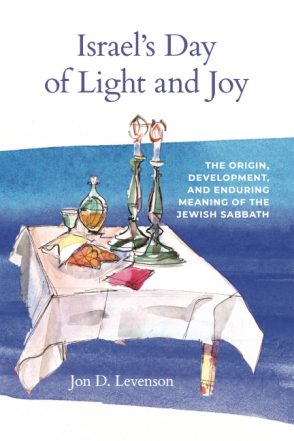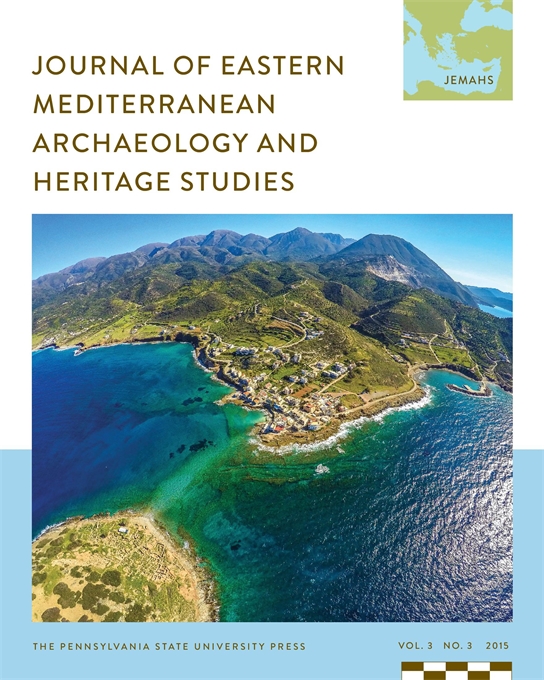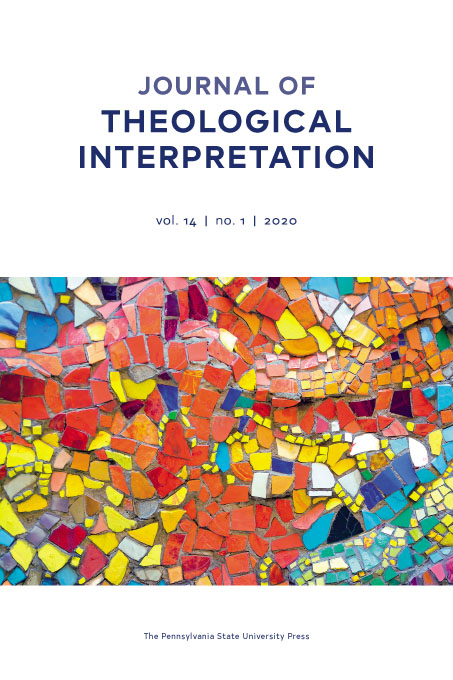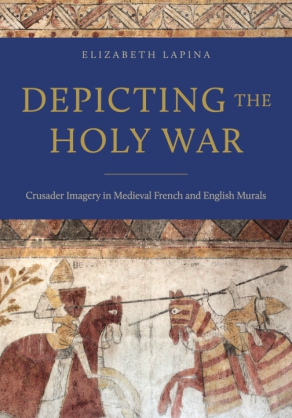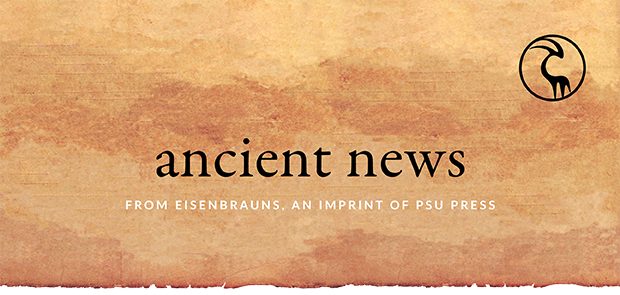
in this issue
general news
Welcome to the summer issue of Ancient News.
We’re kicking off the season with a backlist sale! Save 40% on a wide range of good books when you use promo code RBL40 at checkout through 6/30, and sign up for our sale alerts so you don’t miss out on upcoming deals.
There are four new books in this issue, plus a preview of what’s coming up for the rest of the summer, so read on!
In other news, we were saddened to hear of the passing of Eisenbrauns author John Van Seters. Our thoughts are with his friends and family at this time.
Stay cool,
recent backlist sale
Save 40% with discount code RBL40. Sale ends 6/30.
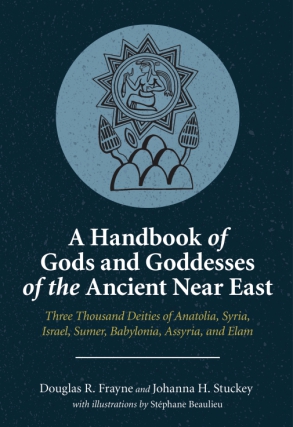
A Handbook of Gods and Goddesses of the Ancient Near East
Three Thousand Deities of Anatolia, Syria, Israel, Sumer, Babylonia, Assyria, and Elam
26.95 $16.17
Finalist for the 2022 Prose Award (Biological Anthropology, Ancient History & Archaeology) from the Association of American Publishers
“A must for every scholar of the ancient religions of western Asia.”
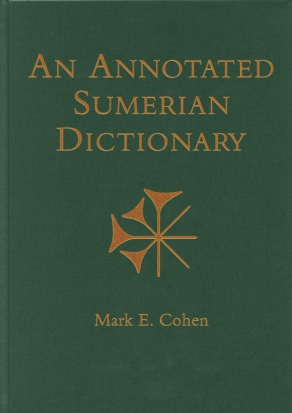
An Annotated Sumerian Dictionary
$199.95 $119.97
Written by Mark E. Cohen, one of the foremost scholars in the field, An Annotated Sumerian Dictionary is an essential reference for Sumerologists and Assyriologists and a practical help to students of ancient cultures.
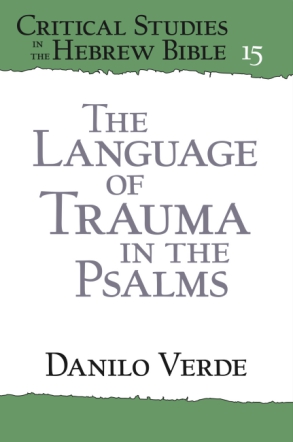
The Language of Trauma in the Psalms
$79.95 $47.97
Over the last few decades, the field of trauma studies has shed new light on biblical texts that deal with individual and collective catastrophe. In The Language of Trauma in the Psalms, Danilo Verde advances the conversation, moving beyond the emphasis on healing that prevails in most literary trauma studies.
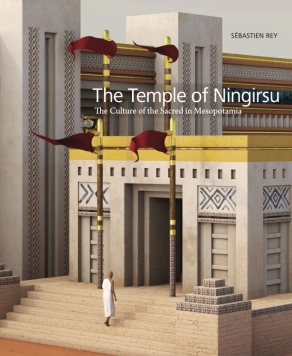
The Temple of Ningirsu
The Culture of the Sacred in Mesopotamia
$149.95 $89.97
Between 2016 and 2022, a team from the British Museum conducted excavations in the ancient Sumerian city of Girsu, the sacred center of the state of Lagash. On an archaeological mound referred to as the Mound of the Palace, or Tell A, they discovered the ground plan of the fabulous Temple of Ningirsu, built by the ruler Gudea circa 2125 BCE. Deep in the heart of the mound, the excavators also exposed the remains of a series of older Sumerian shrines dating back to Early Dynastic times (2900–2350 BCE).
new books
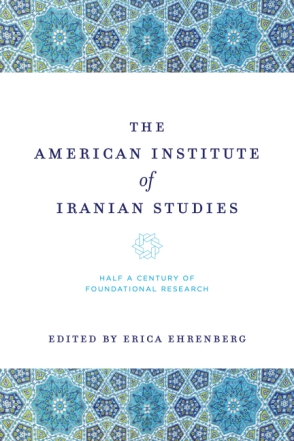
The American Institute of Iranian Studies
Half a Century of Foundational Research
Edited by Erica Ehrenberg
The American Institute of Iranian Studies is devoted to fostering research in the field of Iranian studies and promoting scholarly exchange between the United States and Iran. This collection of essays addresses the history and development of Iranian studies in the United States and the pivotal role of the Institute in furthering research in the field.
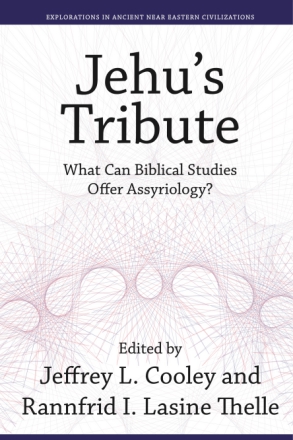
Jehu’s Tribute
What Can Biblical Studies Offer Assyriology?
Edited by Jeffrey L. Cooley and Rannfrid I. Lasine Thelle
“From its inception as originally subsidiary to biblical studies, Assyriology has developed into a full-fledged and far-flung discipline that has offered much to its intellectual predecessor. In Jehu’s Tribute, a world-class set of scholars reverse that direction of influence, pursuing the gifts biblical studies may offer back to Assyriology. I know of nothing quite like this volume; it is a significant and singular achievement.”
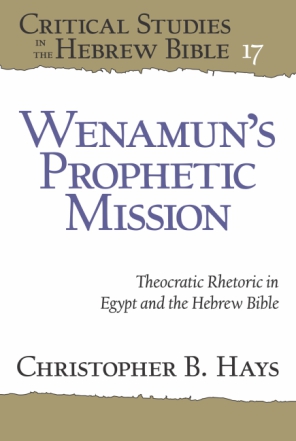
Wenamun’s Prophetic Mission
Theocratic Rhetoric in Egypt and the Hebrew Bible
Christopher B. Hays
In this book, the first book-length study of Wenamun in English since 1975, Christopher Hays analyzes Wenamun’s prophetic role and the points of convergence between the divine profiles of Amun and Yhwh. He demonstrates that the significance of the Story of Wenamun for biblical and prophetic studies is broader than has been acknowledged hitherto, giving new stimuli to the scholarly discussion on the cultural connections between ancient Egypt and Israel.”
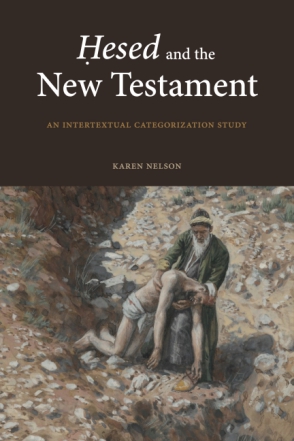
Ḥesed and the New Testament
An Intertextual Categorization Study
Karen Nelson
New in paperback!
In the Hebrew Bible, ḥesed (steadfast love, loyalty, devotion) denotes an important concept that is relevant to interpersonal relationships in every generation. In this book, Karen Nelson investigates New Testament engagement with that concept and the exegetical value of recognizing such engagement.
forthcoming
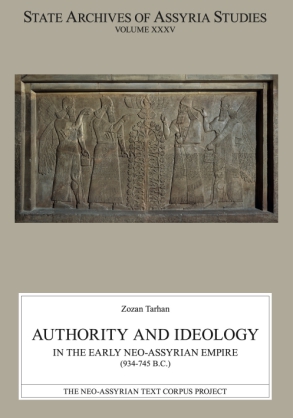
Authority and Ideology in the Early Neo-Assyrian Empire (934–745 B.C.)
Zozan Tarhan
This monograph explores royal authority and ideology in the early Neo-Assyrian Empire (934–745 B.C.). Tarhan investigates Assyrian royal ideology from multiple angles, considering its religious nature, the imperial mission, and the portrayal and different roles of the Assyrian king.
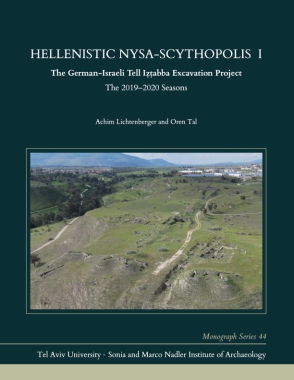
Hellenistic Nysa-Scythopolis I
The German-Israeli Tell Iẓṭabba Excavation Project, the 2019–2020 Seasons
Achim Lichtenberger and Oren Tal
This book deals with the first three campaigns of the German-Israeli Tell Iẓṭabba Excavation Project, conducted by the Institute for Classical Archaeology and Christian Archaeology / Archaeological Museum of the University of Münster and the Sonia and Marco Nadler Institute of Archaeology of Tel Aviv University, under the direction of Achim Lichtenberger and Oren Tal.
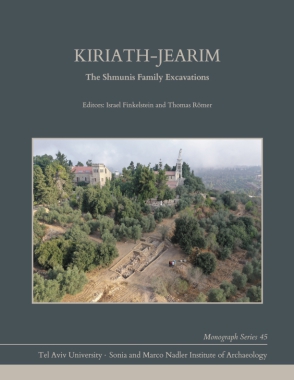
Kiriath-jearim
The Shmunis Family Excavations
Israel Finkelstein and Thomas Römer
This volume reports the results of the Tel Aviv University and the Collège de France’s excavations at Kiriath-jearim. The site, located on a strategic peak west of Jerusalem, is of crucial importance for the study of the archaeology and history of Iron Age Israel and Judah, and later, of Hellenistic and Roman Judea. Specific attention is given to the later phases of the Iron Age, attempting to shed light on the biblical tradition that the site accommodated the temple of the Ark.
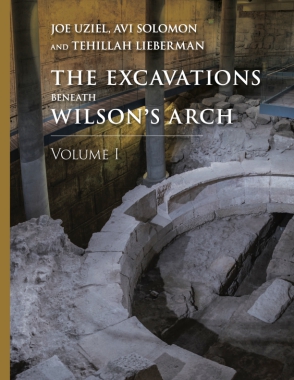
The Excavations Beneath Wilson’s Arch, Volume 1
Edited by Joe Uziel, Avi Solomon, and Tehillah Lieberman
“This report on recent excavations beneath Wilson’s Arch, which was part of a monumental bridge that provided access to Jerusalem’s Temple Mount, sheds important new light on the development of ancient Jerusalem, particularly in the Herodian and Late Roman periods.”
subject highlight
A Very Special (and Mysterious) Day, An Interview with Jon D. Levenson
Jon D. Levenson, author of Israel’s Day of Light and Joy, was interviewed by the Harvard Divinity Bulletin about his book.
new from psu press
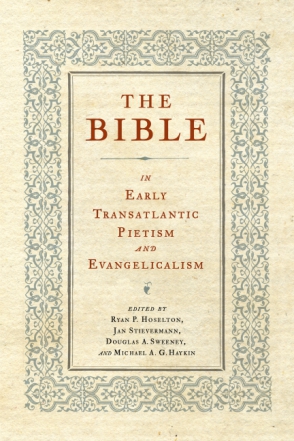
The Bible in Early Transatlantic Pietism and Evangelicalism
Edited by Ryan P. Hoselton, Jan Stievermann, Douglas A. Sweeney, and Michael A. G. Haykin
| Control your subscription options |
